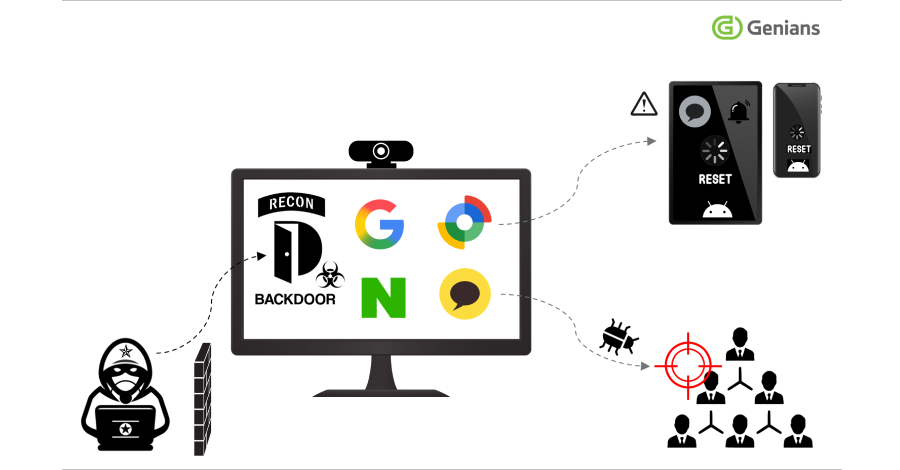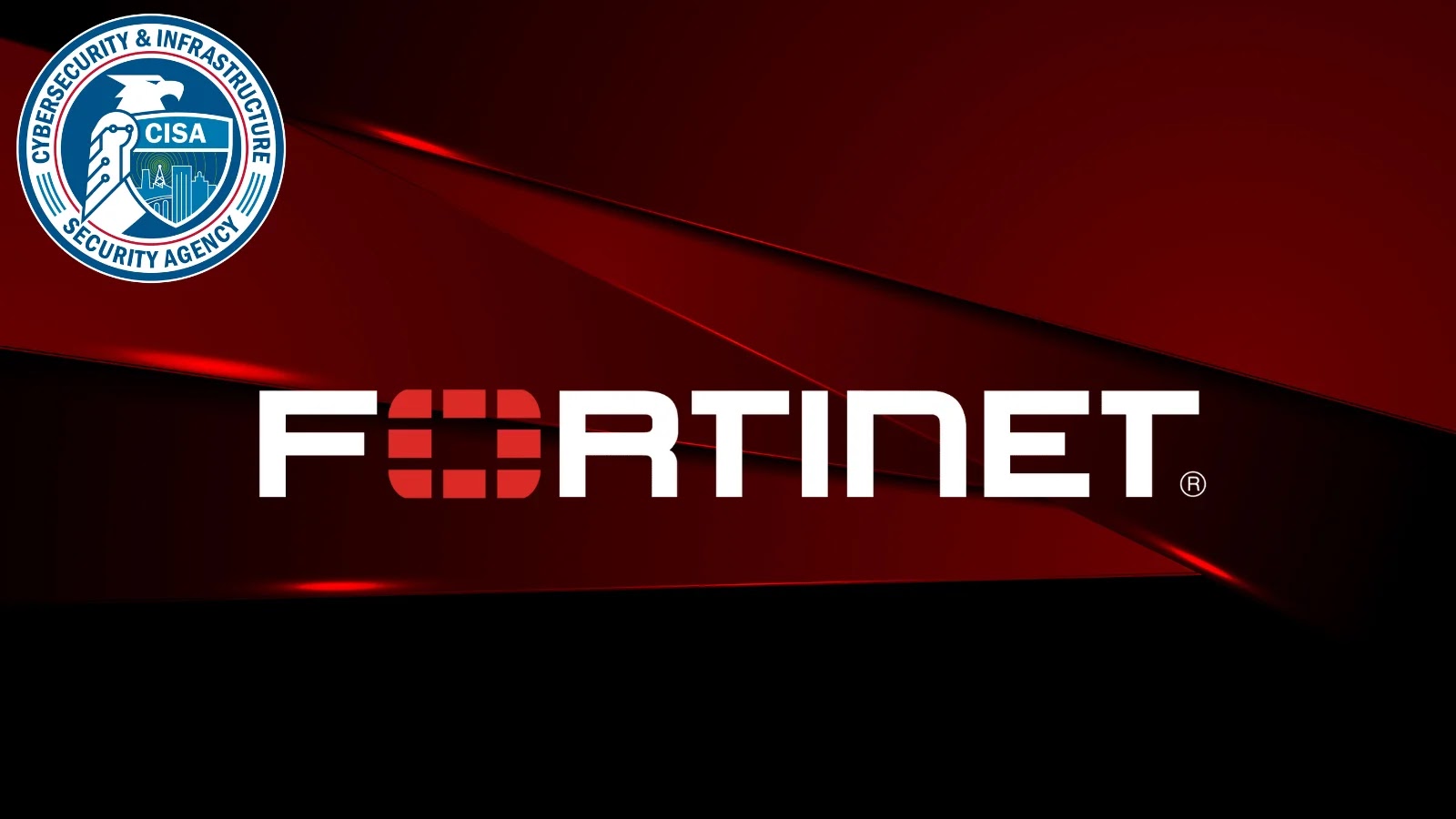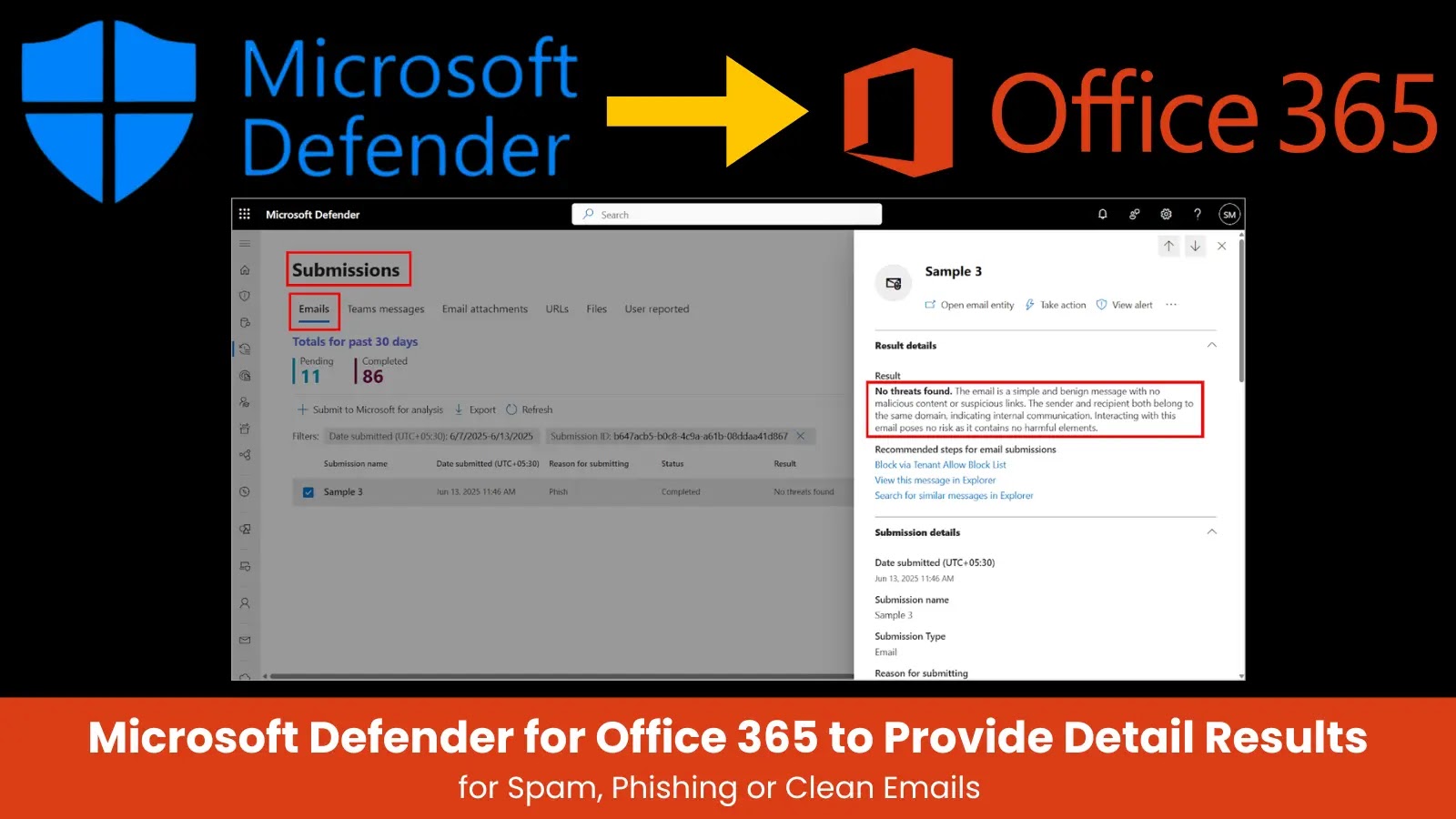In recent developments, the U.S. Cybersecurity and Infrastructure Security Agency (CISA) has identified a sophisticated malware strain named RESURGE, which has been actively exploiting a critical vulnerability in Ivanti Connect Secure (ICS) appliances. This vulnerability, designated as CVE-2025-0282, is a stack-based buffer overflow flaw that, if exploited, allows unauthenticated attackers to execute arbitrary code remotely. The affected versions include Ivanti Connect Secure prior to 22.7R2.5, Ivanti Policy Secure before 22.7R1.2, and Ivanti Neurons for ZTA gateways earlier than 22.7R2.3.
Understanding CVE-2025-0282
CVE-2025-0282 is a critical security flaw that enables remote code execution without authentication. Given that ICS appliances are often deployed at the network perimeter, they present an attractive target for attackers seeking initial access to internal networks. By sending specially crafted requests, adversaries can exploit this vulnerability to gain a foothold within an organization’s infrastructure.
The RESURGE Malware: An Evolution of Threats
RESURGE represents an evolution of the previously identified SPAWNCHIMERA malware variant. While SPAWNCHIMERA integrated various modules into a single malware entity, RESURGE introduces additional functionalities that enhance its effectiveness and persistence. According to CISA, RESURGE encompasses capabilities characteristic of rootkits, droppers, backdoors, bootkits, proxies, and tunnelers. Notably, it includes commands that allow it to:
– Insert itself into the ld.so.preload file, establish web shells, manipulate integrity checks, and modify system files.
– Utilize web shells for credential harvesting, account creation, password resets, and privilege escalation.
– Copy the web shell to the Ivanti running boot disk and alter the coreboot image to ensure persistence.
These enhancements make RESURGE a formidable threat, capable of maintaining long-term access and control over compromised systems.
Attack Methodology and Post-Exploitation Activities
The exploitation of CVE-2025-0282 typically follows a structured attack chain:
1. Initial Access: Attackers identify vulnerable ICS appliances and exploit the buffer overflow vulnerability to gain unauthorized access.
2. Malware Deployment: Upon successful exploitation, RESURGE is deployed, embedding itself deeply within the system to evade detection and ensure persistence.
3. Credential Harvesting and Lateral Movement: The malware utilizes web shells to harvest credentials, create new accounts, reset passwords, and escalate privileges. These actions facilitate lateral movement within the network, allowing attackers to compromise additional systems.
4. Defense Evasion: RESURGE employs various techniques to evade detection, including manipulating system logs, modifying integrity checks, and altering system files to conceal its presence.
5. Persistence: By copying the web shell to the running boot disk and modifying the coreboot image, RESURGE ensures it remains active even after system reboots or attempts at remediation.
Detection and Mitigation Strategies
Given the advanced capabilities of RESURGE, organizations must adopt a comprehensive approach to detection and mitigation:
– Patch Management: Immediately update all Ivanti appliances to the latest firmware versions to address CVE-2025-0282.
– Credential Security: Reset all credentials for both privileged and non-privileged accounts. Rotate passwords for domain users and local accounts to prevent unauthorized access.
– Access Control: Review and adjust access policies to temporarily revoke privileges for affected devices. Ensure that management interfaces are accessible only from trusted internal IP addresses.
– Monitoring and Logging: Implement continuous monitoring of network activity and system logs to detect unusual behavior or unauthorized access attempts.
– Incident Response: Develop and regularly update incident response plans to address potential breaches promptly. Conduct thorough forensic analyses to identify and remediate compromised systems.
Conclusion
The emergence of RESURGE underscores the evolving nature of cyber threats targeting critical infrastructure. Its advanced capabilities, including rootkit and web shell features, highlight the need for organizations to remain vigilant and proactive in their cybersecurity efforts. By promptly addressing vulnerabilities, implementing robust security measures, and fostering a culture of continuous monitoring and improvement, organizations can mitigate the risks posed by such sophisticated malware.



